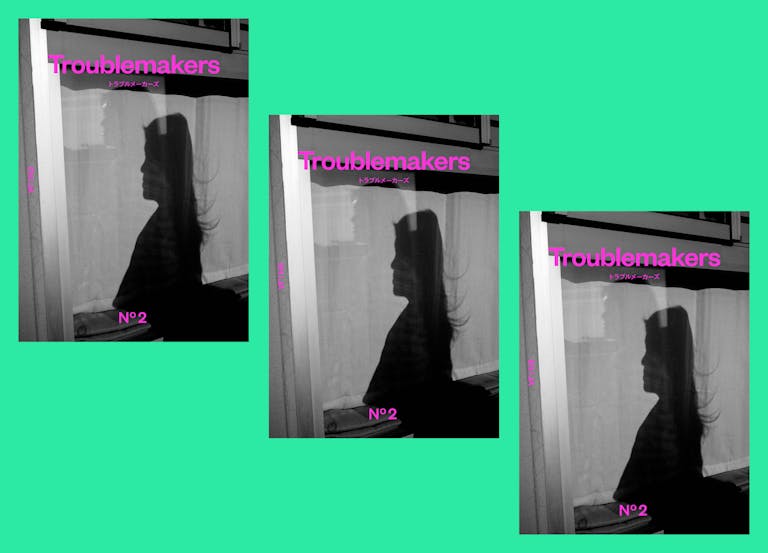Behind the scenes: The Recorder magazine
First published in 1902 by the mechanical typesetting company whose machines gave Monotype its name, The Recorder magazine has a long association with the type industry. During sporadic periods of publishing over the years it functioned mainly as a trade title, but now Monotype has relaunched it as a beautifully made and fantastically wide-ranging overview of type in its various social, historical, social and cultural contexts.
I caught up with editor Emma Tucker to find out what Monotype aims to achieve with its new old magazine, and how she went about making it her own.

This is a reboot of an old magazine, and you’ve clearly gone out of your way to make it special.
The Recorder has always been a very collectible magazine, and that’s something we wanted to retain with the new issue. We wanted it to be really special, and it’s published in a limited print run, so once they’ve gone, they’ve gone.
How many did you print?
We printed 3,000. The first few have gone off to friends of Monotype, but it’s also available to buy.
And who is it going to? What are Monotype’s objectives in making this now?
It speaks to an audience of graphic designers and people in the creative industries who are working with type on a daily basis. That doesn’t necessarily mean people who are already in the type industry – it’s more about people who are working with type in all sorts of different ways.
We wanted to reflect that in the content, so there are features in there about letterpress because we wanted to make sure we paid our respects to the heritage of type, but then there are other angles as well.
It’s a very strong editorial stance – it feels like it’s you putting your own stamp on the magazine.
It’s important that we differentiated the magazine from what had come before. The type industry can be quite academic and quite intimidating, and it was really important for me that the magazine be accessible, and also contemporary and relevant.
So as well as looking at those traditional ways of printing, I also wanted to look at how people are using type in new ways, and to encourage the idea that it’s okay to be experimental in your design approach. Yes, there are rules, but you can also break them! More than anything, I wanted to portray type in a different way.
Take, for example, the shop Letters Are My Friends in Berlin – I love that because they’re using a record shop model to convince people that type is interesting. So it’s not just for designers – it’s for everyone, from interested locals to tourists who happen to walk past the shop.

I was going to bring that story up, because I’m not from a design background and I often find typography to be this impenetrable subject of minute details. But you’ve managed to produce something that certainly doesn’t seem dumbed down, and yet I can get excited about it.
That’s brilliant, because that’s exactly what I wanted from the outset. I wanted something that if you don’t work with design and you’re not hugely familiar with type, you can pick it up and take something from it. And in the same sense, I wanted designers to read it and not feel like they’re reading an academic text.
I didn’t want it to be about typographic terms. I didn’t want it to be about kerning. I didn’t want it to be instructional. I wanted it to be interesting, and to explore stories around the world of type. Because there are lots of stories – there are lots of interesting things going on, and often they get pushed aside by this very technical language.
And it’s such a huge part of design. Abbott Miller calls type the heartbeat of graphic design, and he says that at Pentagram, where he works, when they’re working on an identity they often start with type as the first thing, and I think a lot of designers will recognise that.

I also really like the way that in the piece with Abbott Miller you’ve used the gatefold to zoom into the ultra detail on something as simple as the full stop. Because it’s incredibly simple, but also really intricately detailed.
Definitely – it’s instantly approachable and something you can instantly enjoy. Hopefully I’m speaking correctly for Luke [Tonge, the magazine’s art director] when I say that we tried to be a bit experimental with the type we’re using. There are some things in there that play with the need for legibility, and I’m sure some type designers will question that, but we wanted to be daring with it.
—
Grab even more graphic design – check our interview with Eye magazine editor John L Walters






